Americans had the opportunity to “tune-in” to the proceedings of Congress on several occasions prior to the creation of C-SPAN. In 1923, the first radio broadcast from the House chamber carried President Calvin Coolidge’s State of the Union Address. The first televised event in the chamber was in 1947, a broadcast of President Harry Truman’s State of the Union. Broadcasts of committee hearings occurred sporadically after World War II beginning in 1948 when television cameras captured General George C. Marshall testifying before the Senate Committee on Foreign Relations in support of his economic aid plan to help rebuild post-war Europe. Other major coverage of congressional committees included the 1951 Kefauver Committee investigations into organized crime, the Army-McCarthy hearings of 1954, and the 1966 Senate Foreign Relations Committee’s Vietnam hearings. As the cameras began rolling in the committee chambers on Capitol Hill, members of Congress also began advocating for the introduction of cameras to the House and Senate chambers themselves. In 1951, New York Congressman (future Senator) Jacob K. Javits published an editorial in Parade magazine entitled “A Congressman Says…Let’s Televise Congress.” Representative Javits argued that broadcasting floor sessions would increase the public’s engagement with Congress, in turn increasing voter turn-out. He also argued that the cameras would keep members of Congress in check, with their remarks, votes, and actions becoming immediately public instead of filtered through the written proceedings published in the Congressional Record. Many early efforts to introduce live broadcast, whether by television or radio, of House and Senate sessions maintained each chamber’s respective right to restrict access at times when the subject of debate required sensitivity or privacy. Measures considered in the House granted the Speaker the privilege of barring cameras from the chamber. Even as the presence of the camera in committee hearings became more common in the 1950s and 60s, it was the prerogative of the chairmen of those committees to grant permission to broadcast. West Virginia Congressman Harley O. Staggers, chairman of the House Interstate and Foreign Commerce Committee, which included the Federal Communications Commission under its purview, was a supporter of opening the business of Congress to the public through television, giving speeches on numerous occasions expressing his support. Two of his statements can be read by clicking on the images below. By the mid-1970s, pressure to allow live coverage of Congress finally persuaded the leadership to seriously consider allowing cameras into the House and Senate chambers. In 1977, Speaker Thomas P. “Tip” O’Neill authorized a six-month trial of television broadcasts (operated in a closed-circuit system) in the House of Representatives. Two years later, on March 19, 1979, C-SPAN went live with the first broadcast of a full House floor session, the first remarks given by Tennessee Congressman (and future Vice President of the United States) Al Gore, Jr. In his speech, Congressman Gore declared “the marriage of this medium and of our open debate have the potential, Mr. Speaker, to revitalize representative democracy.”
One month before his historic statement in the first televised Senate session, Senator Byrd spoke to the C-SPAN Board of Directors at the National Press Club. In his speech, which began with an acknowledgement of C-SPAN’s founder, Brian Lamb, Senator Byrd remarked “on June 2, for six weeks [the original trial period for the Senate coverage], millions of American homes will be brought closer to their government, and consequently, we shall have a better and more fully informed public opinion-the basis on which democracy rests.” Click on the image below to read the full speech. As C-SPAN marks four decades of bring Americans closer to their government, several retrospectives and interviews have been published, including in the The New York Times and The Washington Post.
Comments are closed.
|
Welcome to the Byrd Center Blog! We share content here including research from our archival collections, articles from our director, and information on upcoming events.
Categories
All
Archives
July 2023
|
Our Mission: |
The Byrd Center advances representative democracy by promoting a better understanding of the United States Congress and the Constitution through programs and research that engage citizens.
|
Copyright © Robert C. Byrd Center for Congressional History and Education
|

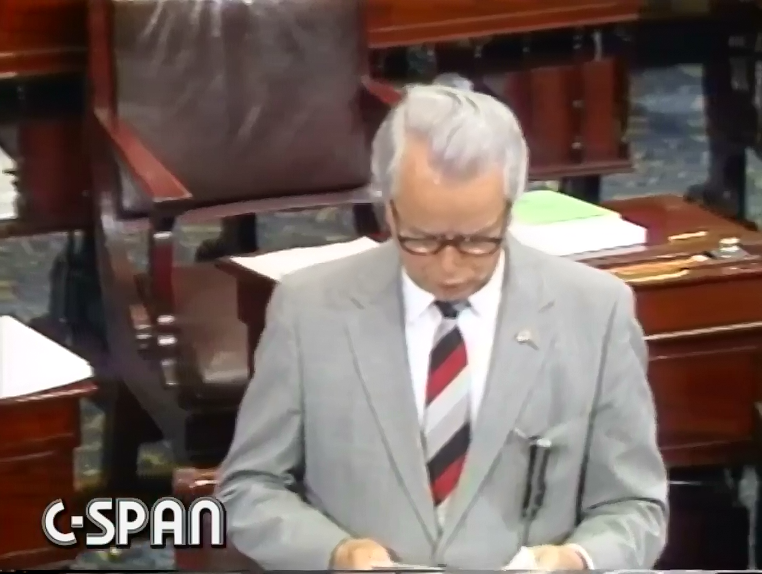
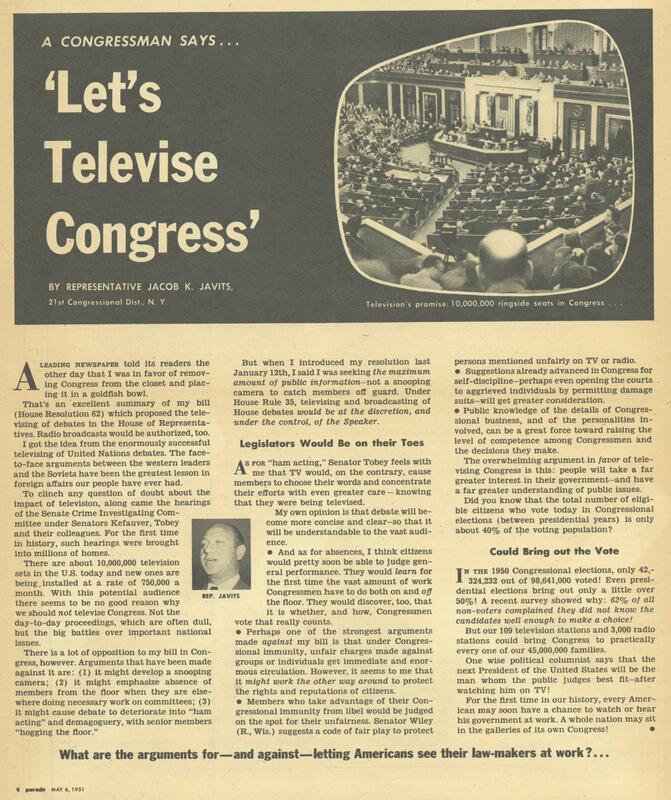
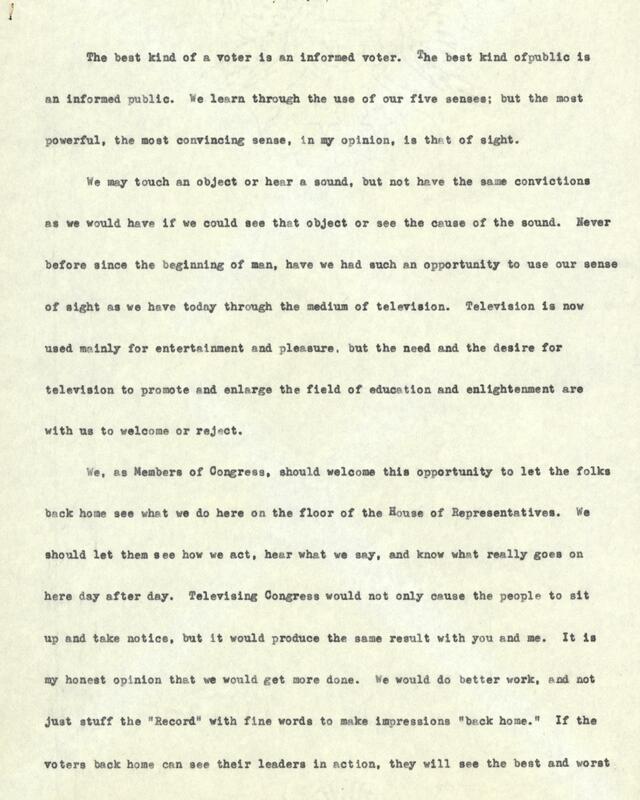
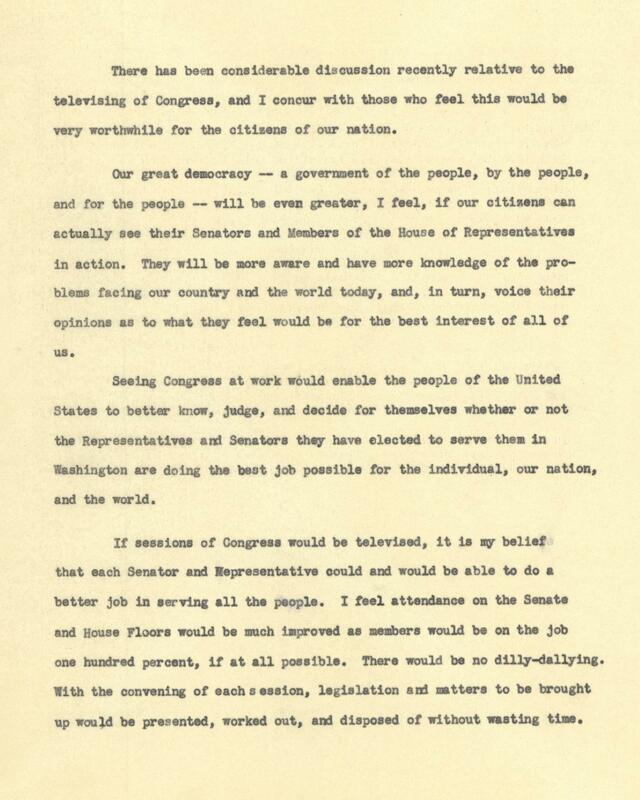
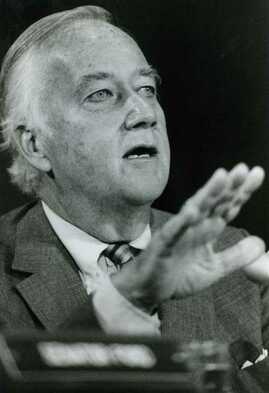
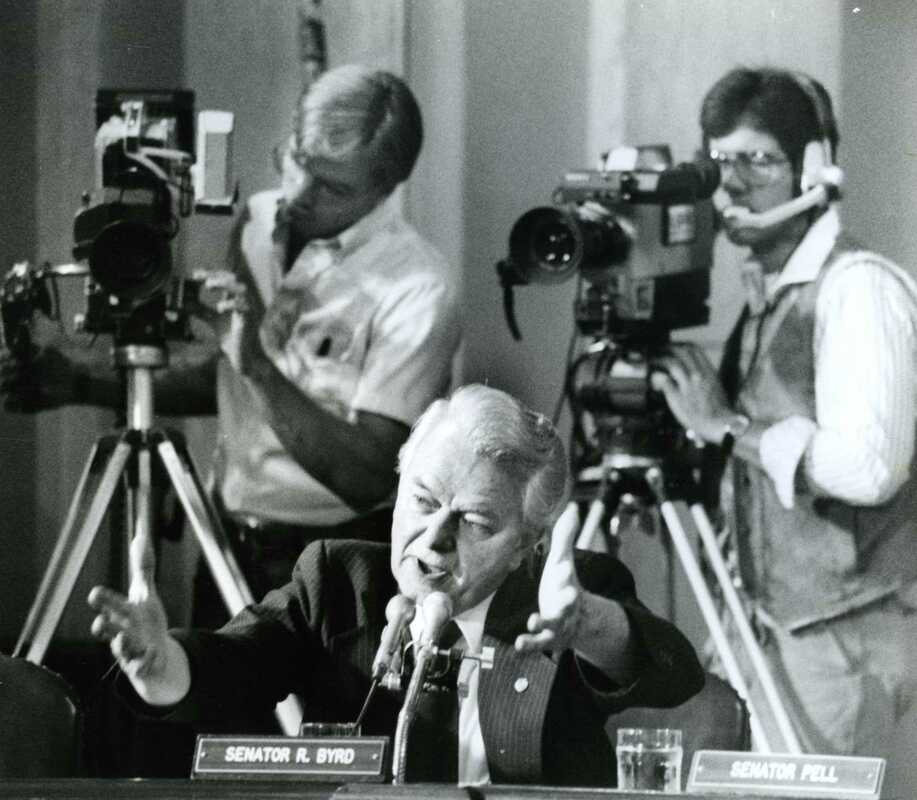
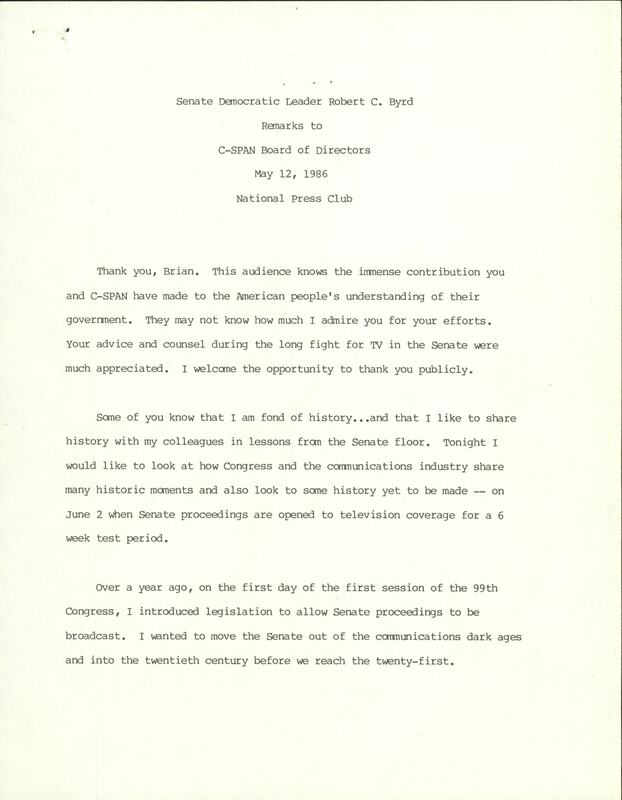
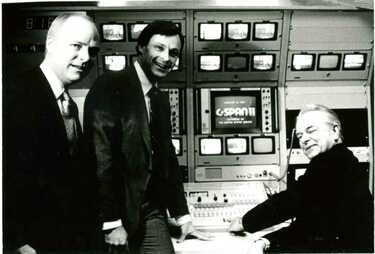
 RSS Feed
RSS Feed
